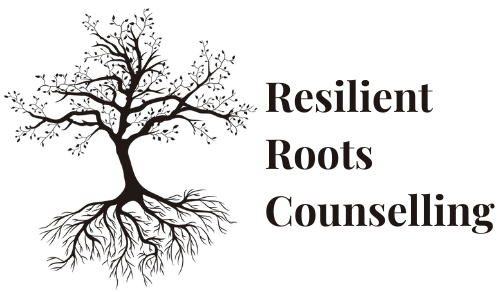Therapeutic Approaches
My work is informed by advanced trainings in Somatic Experiencing, Cognitive Behavioural Therapy and Narrative Therapy. I incorporate client-centered and mindfulness principles, while drawing upon a wide range of evidence based approaches and interventions. Sessions are tailored with attention to your individual, unique needs, wants, and goals.
Somatic Experiencing
Research shows us that a somatic therapeutic approach is among the best practices for working with trauma. Somatic Experiencing promotes nervous system regulation, increases a sense of safety, and helps process trauma. Trauma which has been stored in the body, is released while working with our natural fight, flight, and freeze survival responses. It is important to use a gentle approach that takes special care to not overwhelm or re-traumatize the nervous system. Somatic therapy consists of a blend of interventions, which may include learning skills to increase internal awareness of the body, together with therapeutic movement and somatic touch work.
Cognitive Behavioural Therapy
What you think influences how you feel, which influences how you behave.
This is the basic premise of Cognitive Behavioural Therapy (CBT) – an evidence based approach which strives to restructure the brain by establishing new pathways that allow us to begin to leave negative or unhelpful ways of thinking behind.
We can learn how to address unhelpful thinking patterns, and how to problem solve in ways that support us with improved mood, lessened anxiety, and feeling like we have better control of our emotions.
While CBT may not be for everyone, undoubtedly for many, the skills learned in CBT become important coping tools. CBT skills may help to improve one’s functioning and quality of their life – both in the present, and beyond.
Narrative Therapy
Narrative therapy allows for us to work through the stories we have of our lives – since it is through stories that we make sense or meaning of our experiences. This lens helps us to understand that problems are not who we are. We begin to see ourselves apart from the problem(s), which can help us to feel more in control of our own life and experiences. A focus is placed on helping people reconnect to their values and taking actions that reflect those values. We are reducing limiting stories or viewpoints about ourselves, and exploring preferred stories that support us in living our lives in our preferred way.
Telling our stories in ways that make us stronger.
Re-writing stories. Reclaiming stories. Celebrating stories.
Lessening shame. Reconnecting with self.

